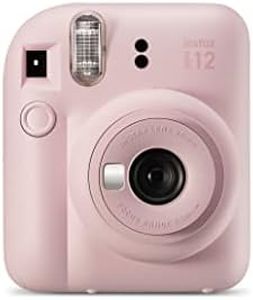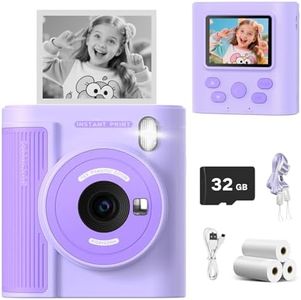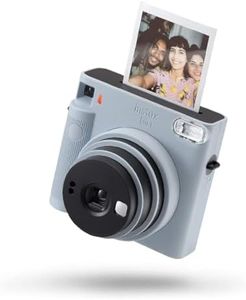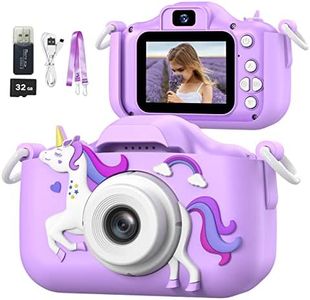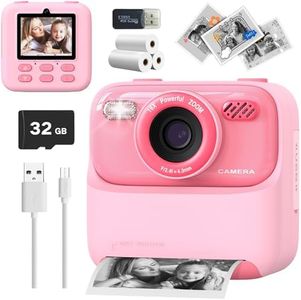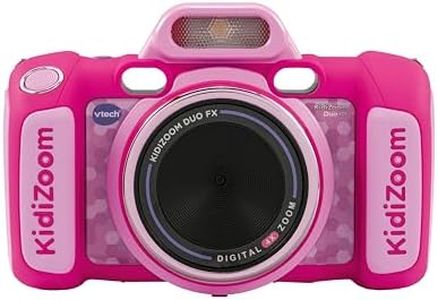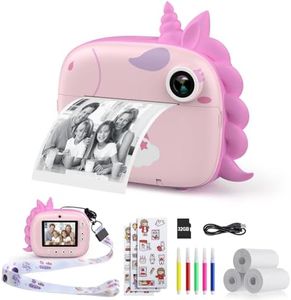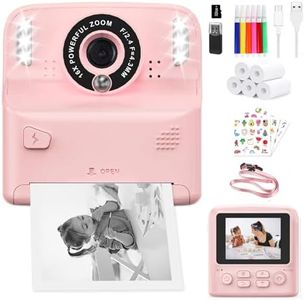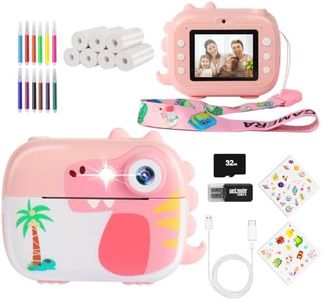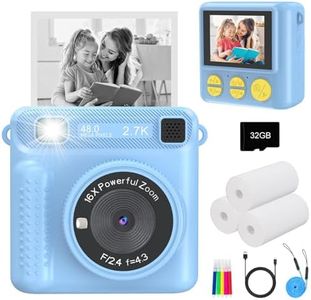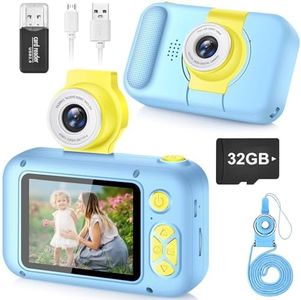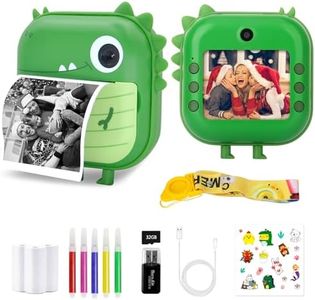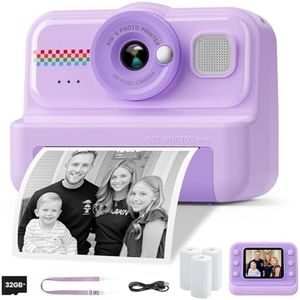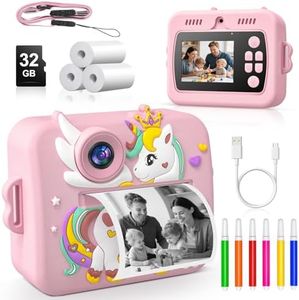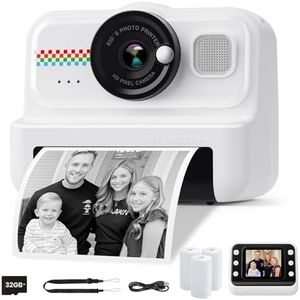We Use CookiesWe use cookies to enhance the security, performance,
functionality and for analytical and promotional activities. By continuing to browse this site you
are agreeing to our privacy policy
10 Best Kids Cameras
From leading brands and best sellers available on the web.Buying Guide for the Best Kids Cameras
Picking the right camera for kids is all about finding a balance between ease of use, durability, image quality, and features that will keep them engaged. Since children might be using a camera for the first time, look for devices that are simple to operate and sturdy enough to withstand accidental drops or rough handling. Think about what your child is interested in—whether they simply want to take fun snaps or are curious about learning basic photography skills. Familiarizing yourself with the core features can help you select a camera that matches their age, interests, and tech comfort level.DurabilityDurability refers to how well a camera can withstand bumps, drops, or splashes, and is especially important for kids who might handle their gadgets a bit roughly. Look for cameras that are shockproof, water-resistant, or even waterproof. Cameras designed specifically for kids often have protective bumpers, reinforced corners, or are made from tougher plastics. For very young children, prioritize maximum toughness, while older kids may do well with standard build quality, as long as you discuss being careful with electronics.
Ease of UseEase of use is about how simple and intuitive the camera is for kids to operate. This means having big buttons, a straightforward menu, and minimal complicated settings to fiddle with. Younger kids benefit from basic, point-and-shoot designs with just a couple of operation buttons, while older or more tech-savvy children might appreciate features that let them experiment a little, like simple effects or a menu with icons and helpful prompts.
Image Quality (Megapixels)Image quality generally improves with more megapixels, which is a measure of how much detail a camera can capture. Most kids' cameras have lower megapixels (often 2-10MP), which is enough for small prints or sharing online. Higher megapixels come into play if your child shows a real interest in photography and wants to print larger pictures or capture finer details. For everyday, casual snapshots and creative fun, 5MP or more is usually plenty.
Battery LifeBattery life determines how long a camera can be used before it needs a recharge or new batteries. Some kids' cameras use standard replaceable batteries, while others have built-in rechargeable types. For travel or long days outdoors, longer battery life is better, but if your child mostly plays with the camera at home, recharging or swapping batteries as needed is less of a concern.
Size and WeightSize and weight affect how comfortable a camera is for kids to hold and carry around. Lightweight and compact cameras are easier for younger kids’ hands, while older children can handle slightly bigger devices. Make sure the buttons and grip feel good for your child’s age group, ensuring they don’t tire holding it or struggle to operate.
Fun FeaturesFun features may include built-in games, decorative frames, selfie modes, filters, or video recording. These can engage children and inspire creativity, making photography more playful and interesting. Younger kids are likely to appreciate more playful, game-like functions, while slightly older kids might prefer features that let them experiment with photography effects.
Parental ControlsParental controls allow you to restrict certain functions or set limits, which can be helpful for younger children. Some cameras let you monitor the content being taken or shared, and can also help manage screen time or access to certain features. If you want extra oversight, prioritize models that give you these options.
Display ScreenThe display screen is where kids review their photos and navigate the camera’s menu. A larger, clear screen makes it easier for them to see what they're shooting and play back their results. Touchscreens can be fun for older kids, but may be confusing or unnecessary for very young children. Make sure the display is bright enough and responsive for your child’s needs.
Memory and StorageMemory and storage determine how many photos and videos can be saved on the camera. Some have built-in memory for a small number of photos, while others take memory cards for expansion. For children who love taking lots of photos or videos, a camera that accepts memory cards can be more practical, reducing the need to frequently delete old pictures.
